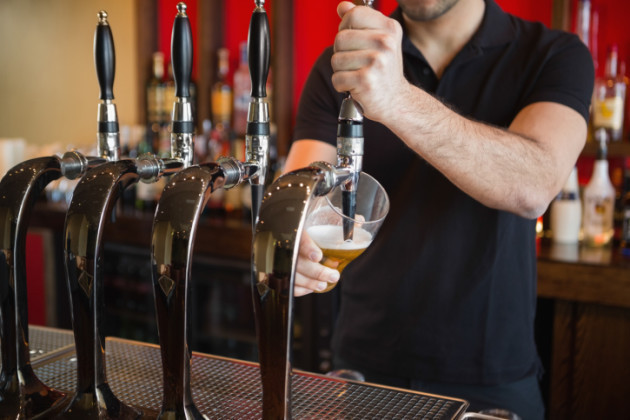
UK pub market forecast to grow by 1.7% in 2024, reaching £23.6bn
The UK pub and bar market is expected to grow by 1.7% in 2024, reaching a total value of £23.6 billion, according to Lumina Intelligence’s latest report.
The growth lags behind the broader eating-out market, which is projected to rise by 2.8%. The sector faces challenges due to higher staff costs and poor weather, which are offsetting improvements in household finances and the economy, leading to a mixed outlook.
The report reveals a divide within the sector, with managed operators performing better than anticipated. Managed pubs and bars are set to achieve a 2.4% increase in turnover, raising their market value share to 51% from 25% of sites in 2024. However, the overall pub market is experiencing difficulties, with an expected net closure of six pubs per week, resulting in a 0.8% decline in the number of outlets, bringing the total to 41,729. Rising business rates, alcohol duty, and staff costs are key factors contributing to these closures.
Consumer habits are shifting, with dinner and drink-only occasions driving pub visits. Quality experiences are increasingly in demand, with many consumers preferring independent and high-quality venues for weekend dinners and social gatherings. Within the alcohol sector, there is a trend towards purchasing fewer drinks per visit, but choosing more premium options, reflecting a focus on quality over quantity.
The frequency of pub visits is declining, down 1.7% year-on-year, mirroring broader lifestyle changes and health trends, including reduced alcohol consumption. In response, leading operators are targeting younger visitors through innovative ‘zoning’ strategies. This involves creating different areas within venues for various purposes, incorporating technology, and offering differentiated experiences to enhance customer engagement.
Looking forward, economic stability is anticipated to support a compound annual growth rate (CAGR) of 1.9% from 2024 to 2027, with the market value expected to reach £24.9bn. Operators are likely to focus on premium experiences, accommodation, and zoning to create versatile spaces that cater to a variety of occasions. The shift in lifestyle patterns, such as reduced commuting, is also driving renewed interest in suburban sites.





